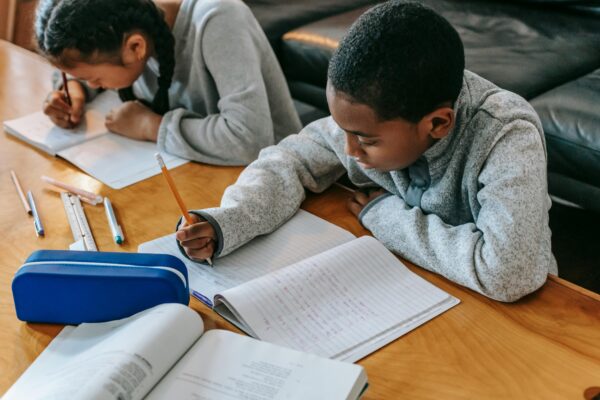If there’s one thing we really believe in, it’s that learning is a lifelong adventure, and every step of this journey is essential (and that literacy is a right, but that’s a topic for another day).
Let’s take a look at how different types of knowledge are connected, or more specifically: the relationship between literacy and financial literacy.
Building the Foundation with Traditional Literacy
Understanding how these two vital skills interact can empower young learners to thrive both academically and in their everyday lives. Think of traditional literacy as the key that unlocks countless doors. It’s all about being able to read, write, and understand text, which opens up worlds of knowledge and opportunities. Whether it’s enjoying a great story, solving a mystery, or exploring new ideas, literacy is where it all starts.
An investment in knowledge pays the best interest. – Benjamin Franklin
How Literacy and Financial Literacy Work Together
Financial literacy might sound like something just for grown-ups, but it’s a superpower that benefits everyone and it’s never too early to get started. It’s all about understanding money—how to save it, spend it wisely, and plan for the future. Just like traditional literacy, it’s a skill that helps us make smart decisions in life.
Traditional literacy and financial literacy are best friends! Let’s look at how they work together:
- Reading and Understanding Financial Information: Being able to read well means you can understand important financial documents like bank statements, loan agreements, and investment reports. When you can read these documents clearly, you make better decisions and avoid mistakes.
- Critical Thinking for Smart Financial Choices: Good reading skills help develop critical thinking, which is super important for making financial decisions. Whether you’re choosing a savings plan or figuring out how to budget for a big purchase, being able to analyse and evaluate information is key.
- Communicating Financial Goals: Writing skills aren’t just for essays—they’re great for financial planning too! Being able to write clearly helps you set and communicate your financial goals, whether it’s drafting a budget or negotiating a better deal.
- Accessing Financial Education: Strong reading skills make it easier to learn about finances from books, articles, and online resources. The more you read, the more you learn, and the smarter your financial decisions become.

Making Learning Fun: Bridging Literacy and Financial Literacy
We believe that education should be an adventure, full of exploration and discovery. To help bridge the gap between traditional literacy and financial literacy, we’ve got some ideas that can make learning both enjoyable and impactful for students of all ages.
Bringing Financial Topics into Reading Materials
One of the most effective ways to teach financial literacy is by weaving it into stories that children love. Imagine reading a story about a character saving up for a dream adventure or running a lemonade stand. These narratives not only capture children’s imaginations but also introduce basic financial concepts in a relatable and enjoyable way. By incorporating financial topics into age-appropriate stories and articles, we can make learning about money management as fun as reading a favourite book.

Practical Exercises for Hands-On Learning
Learning is always more effective when it’s hands-on, and that’s especially true for financial literacy. Combining reading skills with practical exercises, like creating a simple budget or analysing a mock bank statement, can make the abstract concepts of finance tangible and understandable. These activities not only reinforce literacy skills but also provide practical knowledge that students can use in their everyday lives. Imagine the sense of achievement a student feels when they successfully plan a budget for a classroom project or understand how to read a bank statement!
The Power of Interactive Technology
In today’s digital age, technology offers incredible tools for learning. Apps, games, and online tutorials can transform the way children learn, turning it into an interactive adventure. These tools make complex concepts easy to grasp and fun to explore. Interactive technology keeps students engaged and makes the learning process dynamic and exciting.
Try LiteracyPlanet for free – no strings attached!
Involving the Family in the Learning Process
Learning is always more meaningful when it’s shared. Encouraging family discussions about financial topics can significantly reinforce both literacy and financial literacy skills. When families talk about budgeting for a family outing or saving for a big purchase, children see these concepts in action and understand their relevance. Making financial education a family affair can turn it into a shared experience, making learning not just an individual task but a collaborative effort.
By incorporating these strategies, we can make the journey of learning both traditional literacy and financial literacy a delightful and enriching experience. At LiteracyPlanet, we are committed to supporting students and educators in making learning as engaging and effective as possible. With these fun and practical approaches, we can help our learners not only grasp essential financial concepts but also enjoy the process of learning itself.





